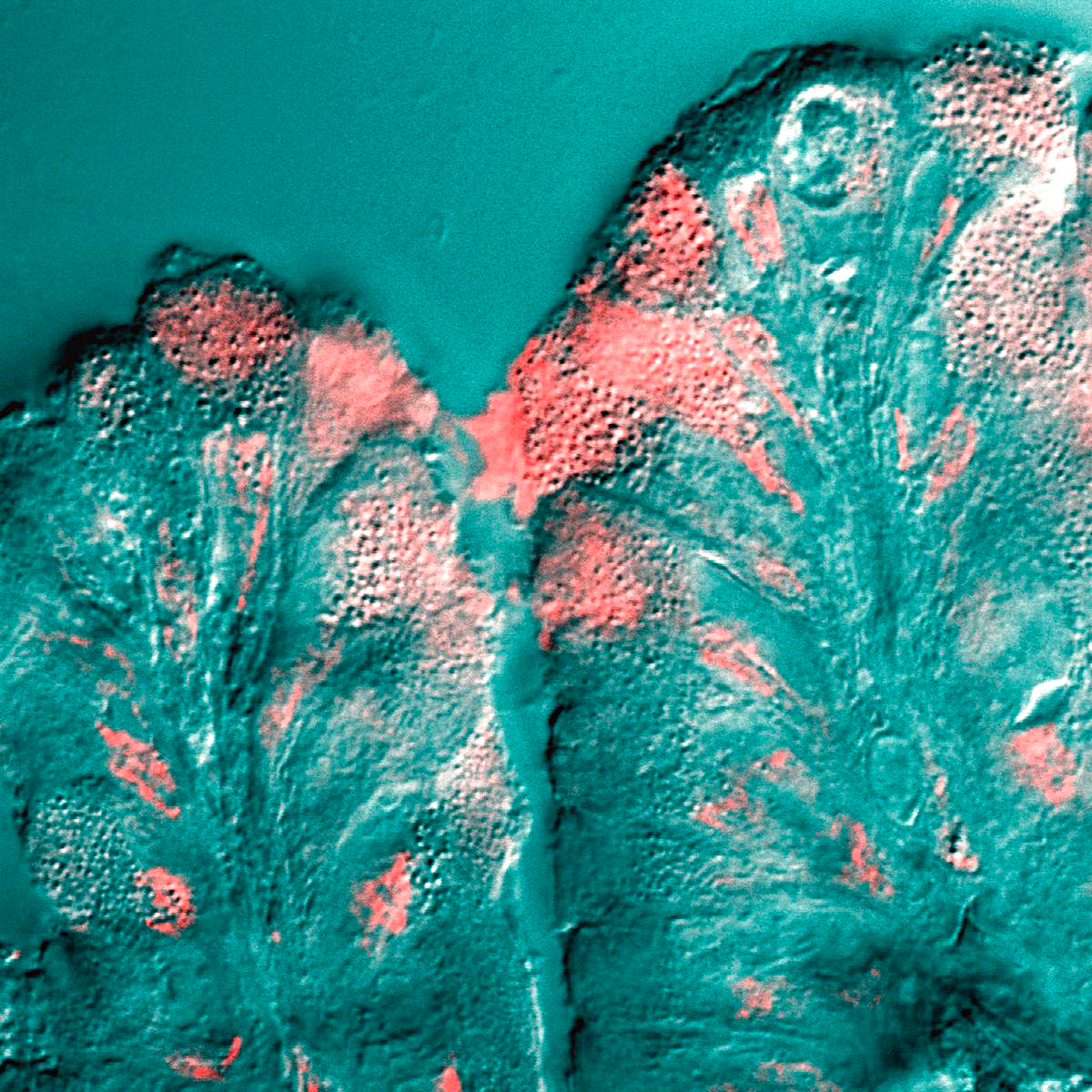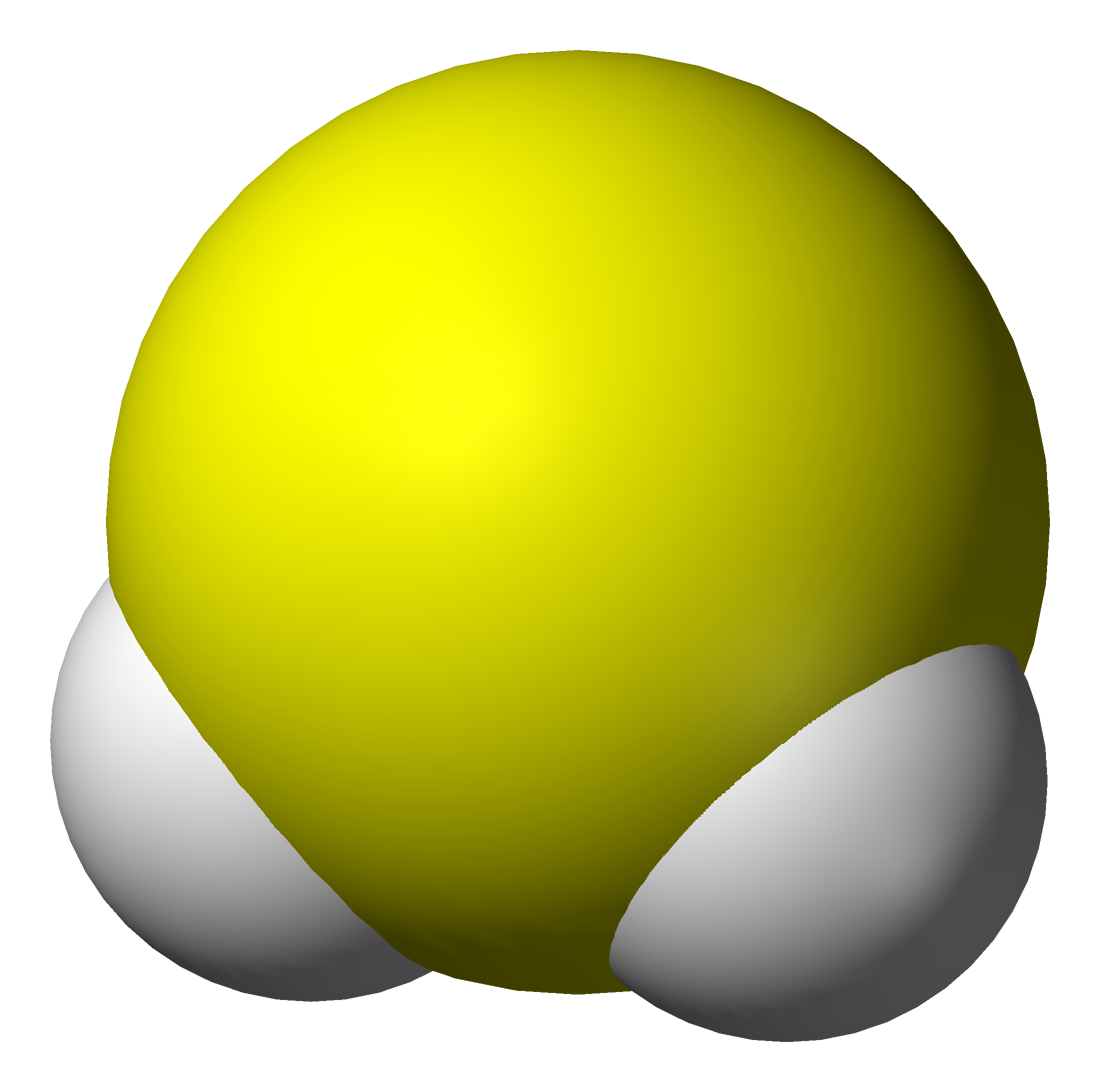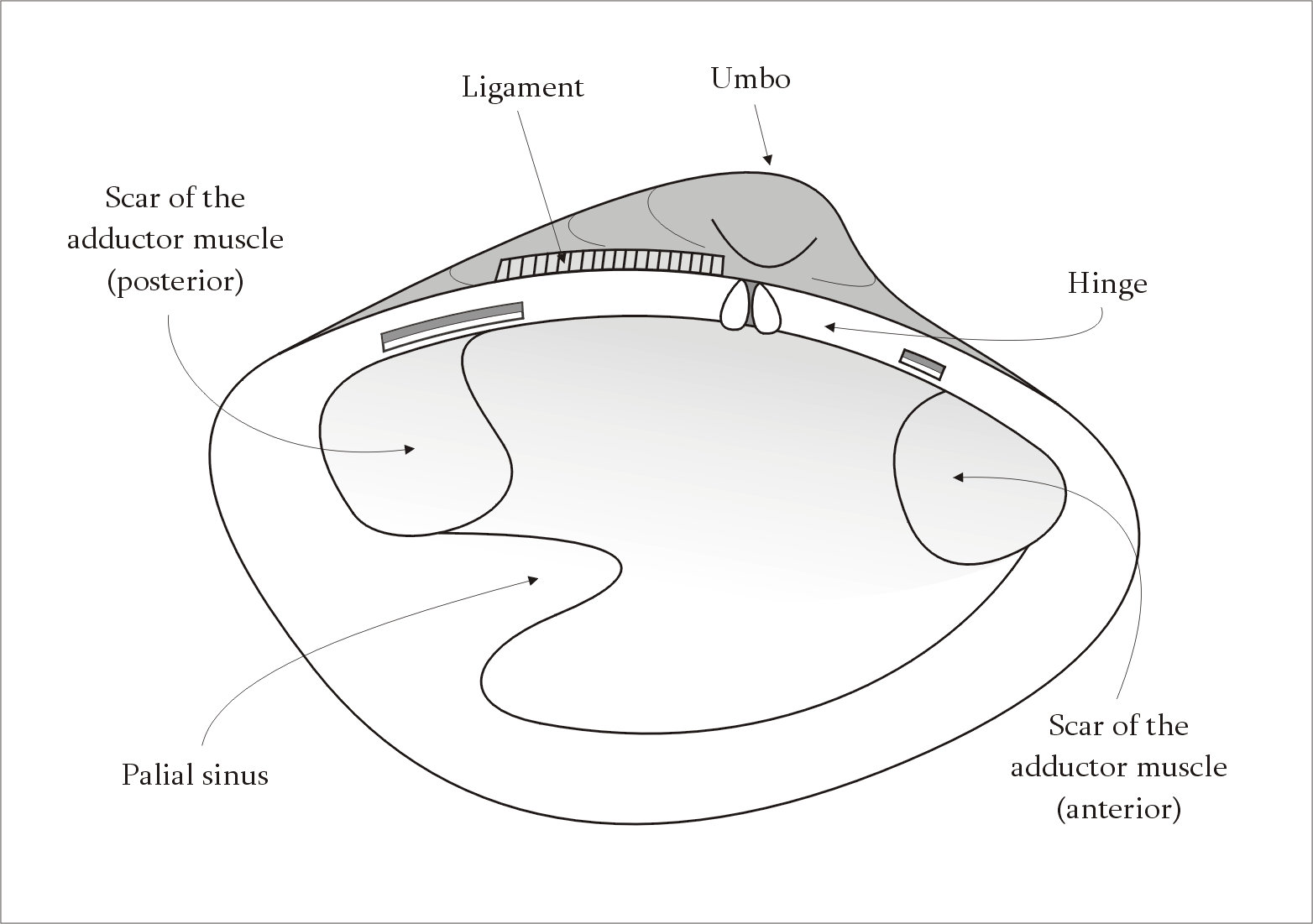|
Zebra Mussel
The zebra mussel (''Dreissena polymorpha'') is a small freshwater mussel, an Aquatic animal, aquatic bivalve mollusk in the family Dreissenidae. The species originates from the lakes of southern Russia and Ukraine, but has been accidentally Introduced species, introduced to numerous other areas and has become an invasive species in many countries worldwide. Since the 1980s, the species has invaded the Great Lakes, Hudson River, Lake Travis, Finger Lakes, Lake Bonaparte (New York), Lake Bonaparte, and Lake Simcoe. The adverse effects of dreissenid mussels on freshwater systems have led to their ranking as one of the world's most invasive aquatic species. The species was first described in 1769 by German zoologist Peter Simon Pallas in the Ural River, Ural, Volga River, Volga, and Dnieper River, Dnieper Rivers. Zebra mussels get their name from a striped pattern commonly seen on their shells, though it is not universally present. They are usually about the size of a fingernail, but ... [...More Info...] [...Related Items...] OR: [Wikipedia] [Google] [Baidu] |
Peter Simon Pallas
Peter Simon Pallas Fellow of the Royal Society, FRS FRSE (22 September 1741 – 8 September 1811) was a Prussia, Prussian zoologist, botanist, Ethnography, ethnographer, Exploration, explorer, Geography, geographer, Geology, geologist, Natural history, natural historian, and Taxonomy, taxonomist. He studied natural sciences at various universities in Germany in the early modern period, early modern Germany and worked primarily in the Russian Empire between 1767 and 1810. Life and work Peter Simon Pallas was born in Berlin, Kingdom of Prussia, the son of Professor of Surgery Simon Pallas. He studied with private tutors and took an interest in natural history, later attending the University of Halle and the University of Göttingen. In 1760, he moved to the University of Leiden and passed his doctor's degree at the age of 19. Pallas travelled throughout the Dutch Republic and to London, improving his medical and surgical knowledge. He then settled at The Hague, and his new ... [...More Info...] [...Related Items...] OR: [Wikipedia] [Google] [Baidu] |
Dnieper River
The Dnieper or Dnepr ( ), also called Dnipro ( ), is one of the major transboundary rivers of Europe, rising in the Valdai Hills near Smolensk, Russia, before flowing through Belarus and Ukraine to the Black Sea. Approximately long, with a drainage basin of , it is the longest river of Ukraine and Belarus and the fourth- longest river in Europe, after the Volga, Danube, and Ural rivers. In antiquity, the river was part of the Amber Road trade routes. During the Ruin in the later 17th century, the area was contested between the Polish–Lithuanian Commonwealth and Russia, dividing what is now Ukraine into areas described by its right and left banks. During the Soviet period, the river became noted for its major hydroelectric dams and large reservoirs. The 1986 Chernobyl disaster occurred on the Pripyat River, a tributary of the Dnieper, just upstream from its confluence with the Dnieper. The Dnieper is an important navigable waterway for the economy of Ukraine and i ... [...More Info...] [...Related Items...] OR: [Wikipedia] [Google] [Baidu] |
Water Clarity
Water clarity is a descriptive term for how deeply visible light penetrates through water. In addition to light penetration, the term water clarity is also often used to describe underwater visibility. Water clarity is one way that humans measure water quality, along with oxygen concentration and the presence or absence of pollutants and algal blooms. Water clarity governs the health of underwater ecosystems because it impacts the amount of light reaching the plants and animals living underwater. For plants, light is needed for photosynthesis. The clarity of the underwater environment determines the depth ranges where aquatic plants can live. Water clarity also impacts how well visual animals like fish can see their prey. Clarity affects the aquatic plants and animals living in all kinds of water bodies, including rivers, ponds, lakes, reservoirs, estuaries, coastal lagoons, and the open ocean. Water clarity also affects how humans interact with water, from recreation and propert ... [...More Info...] [...Related Items...] OR: [Wikipedia] [Google] [Baidu] |
Lake Erie
Lake Erie ( ) is the fourth-largest lake by surface area of the five Great Lakes in North America and the eleventh-largest globally. It is the southernmost, shallowest, and smallest by volume of the Great Lakes and also has the shortest average water lake retention time, residence time. At its deepest point, Lake Erie is deep, making it the only Great Lake whose deepest point is above sea level. Located on the Canada–United States border, International Boundary between Canada and the United States, Lake Erie's northern shore is the Provinces and territories of Canada, Canadian province of Ontario, specifically the Ontario Peninsula, with the U.S. states of Michigan, Ohio, Pennsylvania, and New York (state), New York on its western, southern, and eastern shores. These jurisdictions divide the surface area of the lake with water boundaries. The largest city on the lake is Cleveland, anchoring the third largest U.S. metro area in the Great Lakes region, after Chicago metropoli ... [...More Info...] [...Related Items...] OR: [Wikipedia] [Google] [Baidu] |
Pseudofeces
Pseudofeces or pseudofaeces are a specialized method of expulsion that filter-feeding bivalve mollusks (and filter-feeding gastropod mollusks) use in order to get rid of suspended particles such as particles of grit which cannot be used as food, and which have been rejected by the animal. The rejected particles are wrapped in mucus, and are then expelled without having passed through the digestive tract.Shimek, Ronald L''Phytoplankton, A Necessity For Clams''/ref> Thus, although they may closely resemble the mollusk's real feces, they are not actually feces, hence the name pseudofeces, meaning false feces. Occurrence Bivalves which exhibit this behavior are numerous and include Ostreidae oysters (such as '' Crassostrea'') and Dreissenidae false mussels (such as '' Dreissena''). Gastropods which filter feed are in a minority, but include the mudsnail genus Process Bivalves have two Siphon (mollusc), siphons or apertures at the ''posterior'' edge of their mantle cavity: an inh ... [...More Info...] [...Related Items...] OR: [Wikipedia] [Google] [Baidu] |
Mucus
Mucus (, ) is a slippery aqueous secretion produced by, and covering, mucous membranes. It is typically produced from cells found in mucous glands, although it may also originate from mixed glands, which contain both Serous fluid, serous and mucous cells. It is a viscous colloid containing inorganic ions, inorganic salts, antimicrobial enzymes (such as lysozymes), Antibody, immunoglobulins (especially Immunoglobulin A, IgA), and glycoproteins such as lactoferrin and mucins, which are produced by goblet cells in the mucous membranes and submucosal glands. Mucus covers the Epithelium, epithelial cells that interact with outside environment, serves to protect the linings of the respiratory system, respiratory, Digestion#Digestive system, digestive, and Genitourinary system, urogenital systems, and structures in the Visual system, visual and auditory systems from pathogenic Fungus, fungi, bacteria and viruses. Most of the mucus in the body is produced in the gastrointestinal tract. ... [...More Info...] [...Related Items...] OR: [Wikipedia] [Google] [Baidu] |
Feces
Feces (also known as faeces American and British English spelling differences#ae and oe, or fæces; : faex) are the solid or semi-solid remains of food that was not digested in the small intestine, and has been broken down by bacteria in the large intestine. Feces contain a relatively small amount of metabolic waste products such as bacterially-altered bilirubin and dead epithelial cells from the lining of the gut. Feces are discharged through the anus or cloaca during defecation. Feces can be used as fertilizer or soil conditioner in agriculture. They can also be burned as dry animal dung fuel, fuel or dried and used for wattle and daub, construction. Some medicinal uses have been found. In the case of human feces, fecal transplants or fecal bacteriotherapy are in use. Urine and feces together are called excretion, excreta. Characteristics The distinctive odor of feces is due to skatole, and thiols (sulfur-containing compounds), as well as amines and carboxylic acids. Sk ... [...More Info...] [...Related Items...] OR: [Wikipedia] [Google] [Baidu] |
Water Column
The (oceanic) water column is a concept used in oceanography to describe the physical (temperature, salinity, light penetration) and chemical ( pH, dissolved oxygen, nutrient salts) characteristics of seawater at different depths for a defined geographical point. Generally, vertical profiles are made of temperature, salinity, chemical parameters at a defined point along the water column. The water column is the largest, yet one of the most under-explored, habitats on the planet; it is explored to better understand the ocean as a whole, including the huge biomass that lives there and its importance to the global carbon and other biogeochemical cycles. Studying the water column also provides understanding on the links between living organisms and environmental parameters, large-scale water circulation and the transfer of matter between water masses. Water columns are used chiefly for environmental studies evaluating the stratification or mixing of thermal or chemically stratif ... [...More Info...] [...Related Items...] OR: [Wikipedia] [Google] [Baidu] |
Filter Feeder
Filter feeders are aquatic animals that acquire nutrients by feeding on organic matters, food particles or smaller organisms (bacteria, microalgae and zooplanktons) suspended in water, typically by having the water pass over or through a specialized filtering organ that sieves out and/or traps solids. Filter feeders can play an important role in condensing biomass and removing excess nutrients (such as nitrogen and phosphate) from the local waterbody, and are therefore considered water-cleaning ecosystem engineers. They are also important in bioaccumulation and, as a result, as indicator organisms. Filter feeders can be sessile, planktonic, nektonic or even neustonic (in the case of the buoy barnacle) depending on the species and the niches they have evolved to occupy. Extant species that rely on such method of feeding encompass numerous phyla, including poriferans ( sponges), cnidarians (jellyfish, sea pens and corals), arthropods ( krill, mysids and barna ... [...More Info...] [...Related Items...] OR: [Wikipedia] [Google] [Baidu] |
Quagga Mussel
The quagga mussel (''Dreissena bugensis'') is a species (or subspecies) of freshwater mussel, an aquatic bivalve mollusk in the family Dreissenidae. It has an average lifespan of 3 to 5 years. The species is indigenous to the Dnipro River drainage of Ukraine, and is named after the quagga, an extinct subspecies of African zebra, possibly because, like the quagga, its stripes fade out towards the ventral side. The invasive quagga mussel is currently of major concern as it spreads in the rivers and lakes of Europe and also in the Great Lakes of North America where it was brought by overseas shippers that use the Saint Lawrence Seaway. Appearance The quagga mussel shell is generally black, yellow, and/or zig-zagged. However, a large range of shell morphologies is seen, including a distinct morph in Lake Erie that is pale or completely white. The shell has a rounded carina and a convex ventral side. The quagga mussel resembles the zebra mussel, just as its namesake (quagga ... [...More Info...] [...Related Items...] OR: [Wikipedia] [Google] [Baidu] |
Dreissena Polymorpha
The zebra mussel (''Dreissena polymorpha'') is a small freshwater mussel, an aquatic bivalve mollusk in the family Dreissenidae. The species originates from the lakes of southern Russia and Ukraine, but has been accidentally introduced to numerous other areas and has become an invasive species in many countries worldwide. Since the 1980s, the species has invaded the Great Lakes, Hudson River, Lake Travis, Finger Lakes, Lake Bonaparte, and Lake Simcoe. The adverse effects of dreissenid mussels on freshwater systems have led to their ranking as one of the world's most invasive aquatic species. The species was first described in 1769 by German zoologist Peter Simon Pallas in the Ural, Volga, and Dnieper Rivers. Zebra mussels get their name from a striped pattern commonly seen on their shells, though it is not universally present. They are usually about the size of a fingernail, but can grow to a maximum length around . Their shells are D-shaped, and attached to the substrate wit ... [...More Info...] [...Related Items...] OR: [Wikipedia] [Google] [Baidu] |
Dreissena Polymorpha1
''Dreissena'' is a genus of small freshwater mussels in the family Dreissenidae in the class Bivalvia. They are found attached to firm substrates by threads from underneath the shells and are the only freshwater bivalves to attach to hard substrates in high densities while having a planktonic larval stage. They are considered the most aggressive freshwater invader in the world because of their ability to invade environments in every one of their life cycle. Description ''Dreissena'' have prominent dark and light banding on the shell but can have many different variations. The outer covering is a well polished light tan color with dark bands that can either be smooth or zigzagging in shape. The shell shape is either trigonal or triangular with sharply pointed umbos. Under the umbos is the hinge plate that is broad and well developed. A ridge runs from umbos to the posterior point forming a shoulder. The byssal threads are secreted by the byssal gland posterior to the food. Lo ... [...More Info...] [...Related Items...] OR: [Wikipedia] [Google] [Baidu] |









